Environmental cubism
Environmental cubism is defined as a visual segmentation of the external environment into squares and cubes of varying amounts and sizes.[1] Once established, these segments can begin to slowly drift away from their original location and often change in size, leading to gaps in-between them. The space within these gaps can either be completely dark or composed of tightly bound visual geometry. It is worth noting that this effect is remarkably similar in its appearance to cubist photography and artwork.
This dark space can eventually grow, progressively decreasing the size of the cubes until a person finds themselves surrounded by a dissociative hole. It is not uncommon to be able to innately feel and detect the details and layout of both the different sections of the distortion and the gaps between them.
Environmental cubism is often accompanied by other coinciding effects such as environmental orbism and visual disconnection. It is most commonly induced under the influence of heavy dosages of dissociative compounds, such as ketamine, PCP, and DXM.
Image examples
| Caption | |
|---|---|
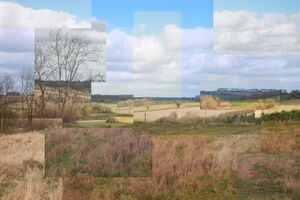 | Cubism Field by Chelsea Morgan |
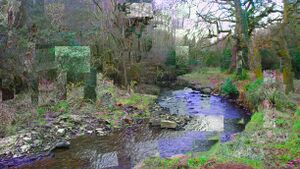 | Cubism woods by Chelsea Morgan |
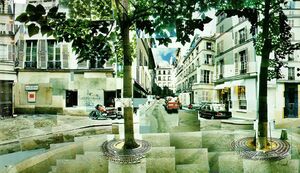 | Photo montage by David Hockney |
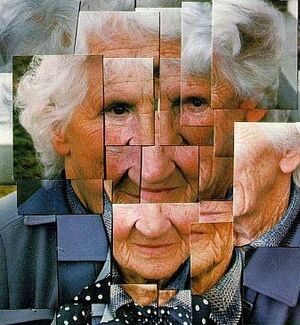 | Hockneys Mother by David Hockney |
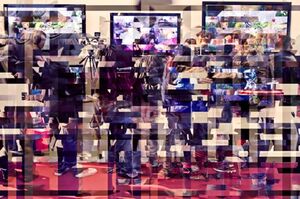 | Chrono Cubist by Diego Kuffer |
Psychoactive substances
Compounds within our psychoactive substance index which may cause this effect include:
- 2-Fluorodeschloroketamine
- 25C-NBOMe
- 2C-I
- 3-MeO-PCE
- 4-MeO-PCP
- Deschloroketamine
- Dextromethorphan
- Diphenidine
- Ephenidine
- HXE
- Ketamine
- MXiPr
- Memantine
- Methoxetamine
- Methoxphenidine
- O-PCE
- PCE
- Rolicyclidine
- Salvinorin A
Experience reports
Annectdotal reports which describe this effect with our experience index include:
- Experience:2mg 25C-NBOMe - Experimental trip to test personal limits of NBOMes
- Experience:700mg - To the dextroverse.
- Experience:Unknown Dosages: 1 psilocin chocolate, 1 hit LSD; Lawing the Mown
See also
- Responsible use
- Subjective effects index
- Psychedelics - Subjective effects
- Dissociatives - Subjective effects
- Deliriants - Subjective effects
External links
References
- ↑ Huxley, A. (1954). The Doors of Perception. p. 22. ISBN 9781907590092.